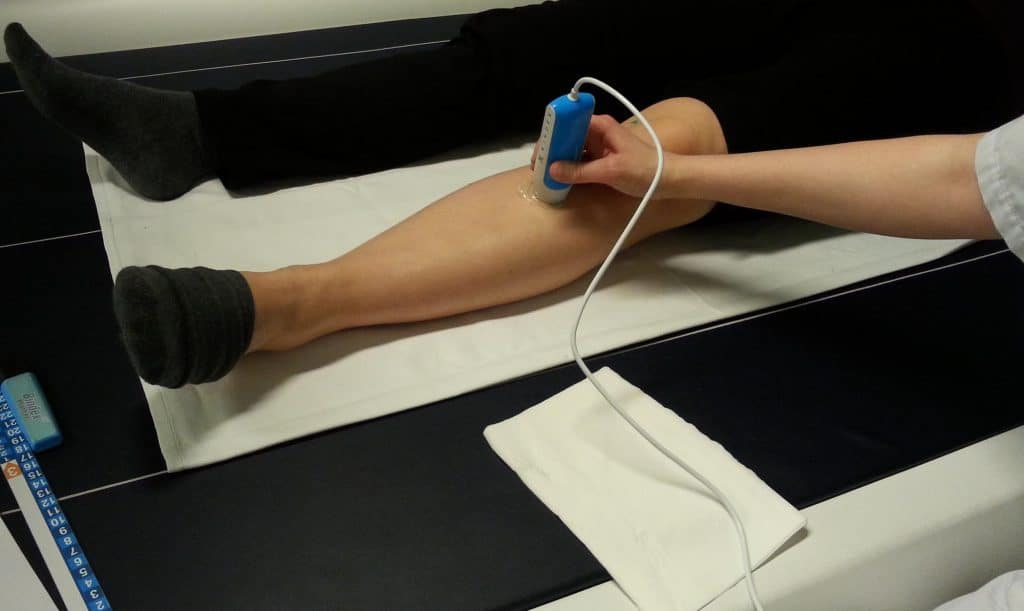Bone & Joint - Osteoporosis Screening & Vitamin D Deficiency Test
The descriptions of these screenings will help you understand what we are looking for and what you can do with the results.

Osteoporosis
Osteoporosis occurs when bone structure is lost faster than it is replaced by new bone growth. The bones become porous and less dense, increasing the risk of a fracture. In its early stages, osteoporosis does not exhibit symptoms, but it is serious, causing over 2 million broken bones every year.* Although osteoporosis is more common in women, 3 million men in the U.S. have osteoporosis, and many of them may be unaware.*
Osteoporosis risk screening is conducted by using pulse echo ultrasound on the tibia (shinbone), which is prone to fracture when someone has osteoporosis. The screening is painless and non-invasive. The ultrasound is state of the art, and can detect bone that is less dense than what would be expected for a person’s age. Further evaluation may be necessary, so be sure to discuss your results with your physician.

Vitamin D
Adequate Vitamin D in the body is essential for strong bones, and is also needed to help muscles move, regulate cell growth, fight infection, and help the nervous system work better. The body produces Vitamin D in response to exposure to sunlight. Many people age 50+ are prone to Vitamin D deficiency because they get less sunshine, usually get less Vitamin D in their diet, they absorb less, and their skin is thinner.
It’s important to know if Vitamin D levels are low so you and your doctor can determine if supplements are necessary. Vitamin D screening is done with a simple finger-stick blood test.
We encourage all Life Line Screening participants to share your results report with your personal physician. Based on your ultrasound, ECG, blood results, and your medical history, you and your doctor can determine a plan of action to maintain your health and independence as long as possible. Do it for you and your family!
*National Osteoporosis Foundation